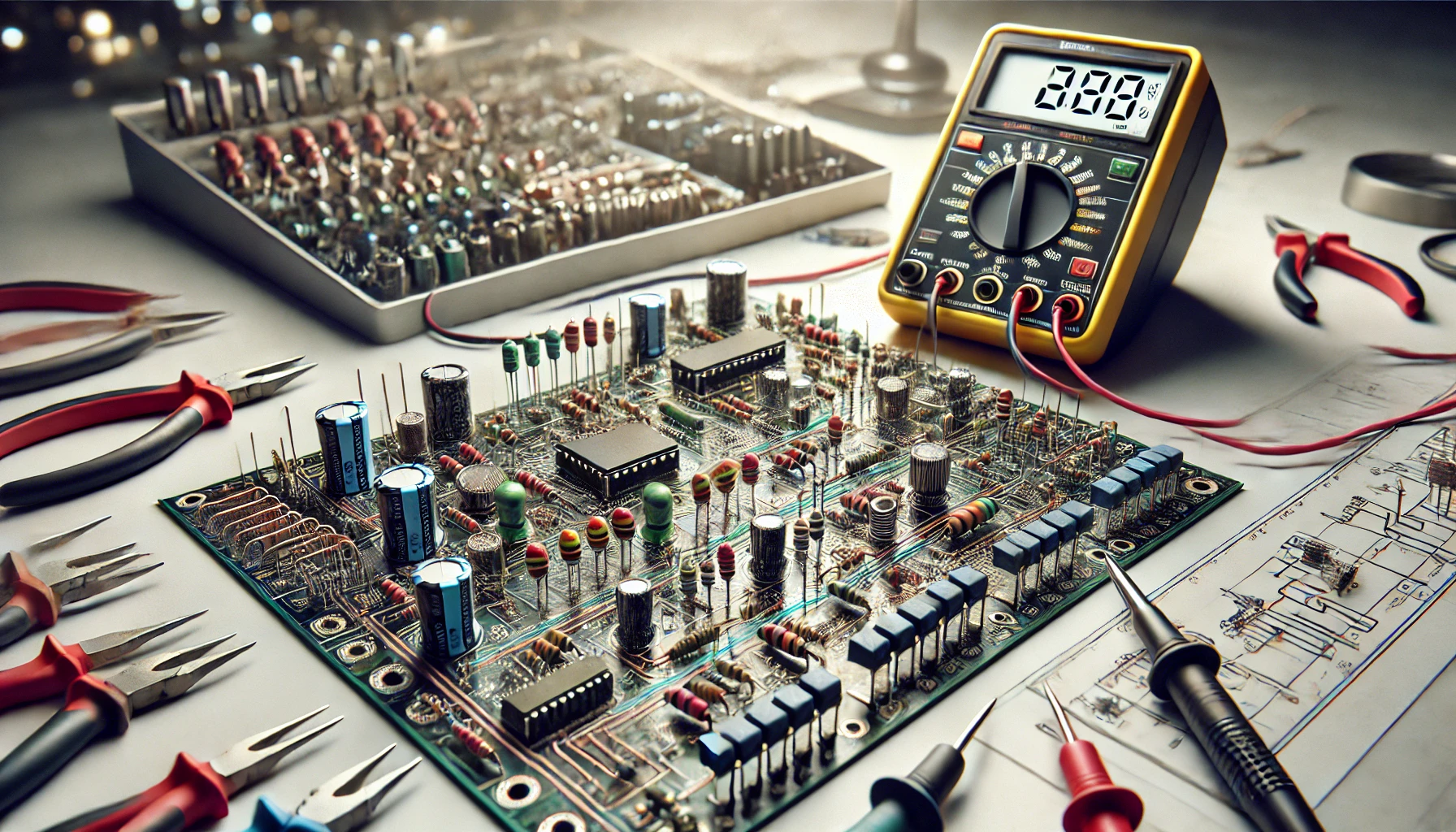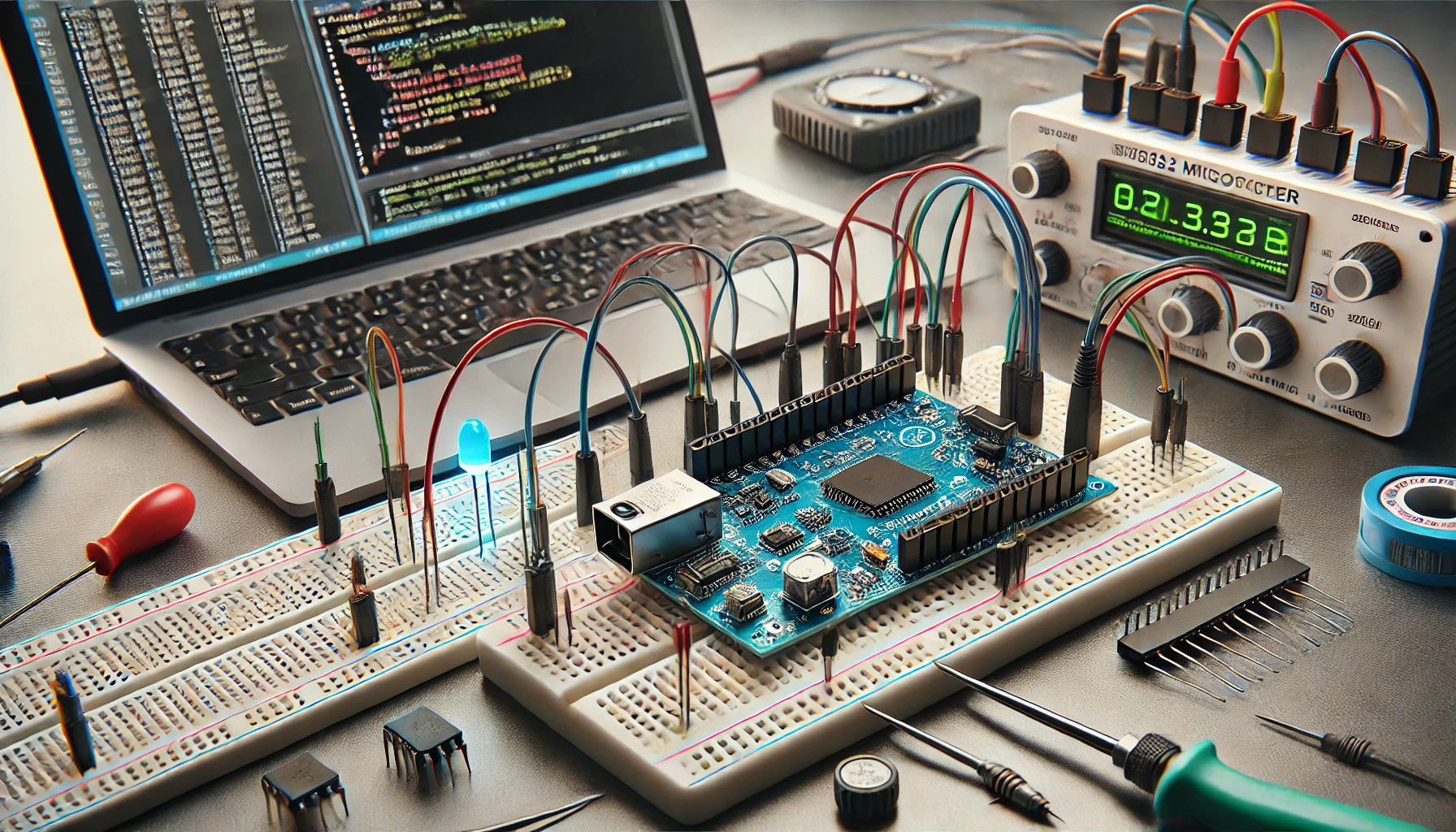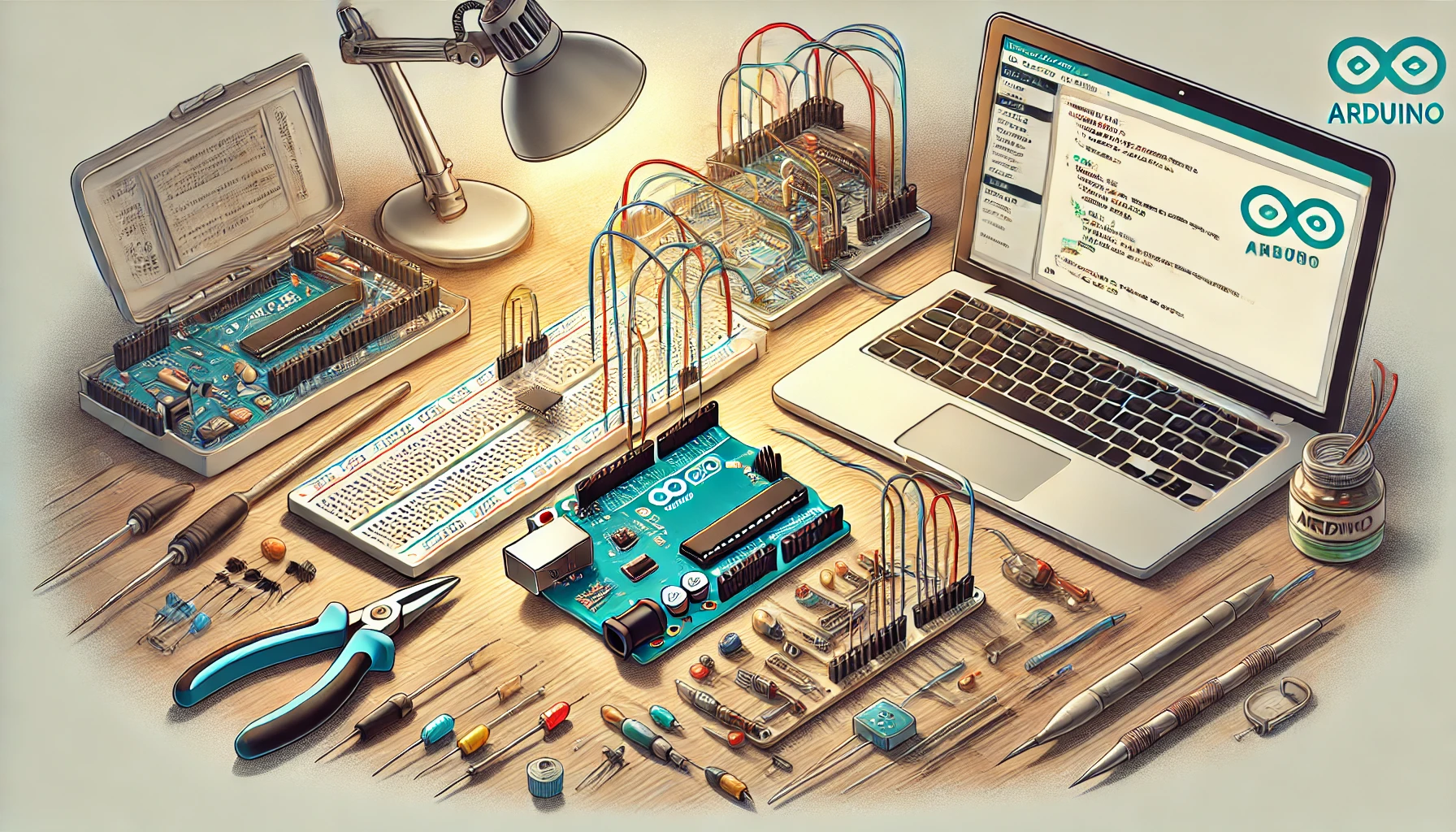
Guide to Electrical Circuit Analysis From Basics to Advanced Methods , Electrical circuits are the backbone of modern technology, serving as the foundation for everything from household electronics to industrial machinery. Understanding how they work, how to analyze them, and the differences among various types of circuits is essential for anyone involved in electronics, engineering, or physics. This article will delve deeply into the types of electrical circuits—series, parallel, and combination circuits—and discuss the primary techniques used to analyze them effectively.
1. Types of Electrical Circuits
Electrical circuits can be categorized based on how their components are connected. Each type has unique properties and applications.
1.1 Series Circuits
In a series circuit, components are connected end-to-end, forming a single path for current flow. Characteristics include:
- Constant Current: The same current flows through all components.
- Additive Resistance: The total resistance is the sum of individual resistances:
- Voltage Division: Voltage is divided across components proportionally to their resistance.
Example Application: Series circuits are often used in string lights, where failure in one bulb causes the entire string to go out.
1.2 Parallel Circuits
Parallel circuits connect components across the same voltage source, creating multiple paths for current. Key features include:
- Constant Voltage: All components share the same voltage.
- Inverse Resistance: The total resistance is less than the smallest individual resistance:
- Current Division: Current divides inversely proportional to resistance in each branch.
Example Application: Parallel circuits are used in household wiring to ensure that appliances operate independently.
1.3 Combination Circuits
Combination circuits incorporate elements of both series and parallel configurations. These circuits require careful segmentation and analysis.
Example Application: These are common in complex electronics, such as circuit boards in computers.
2. Methods of Circuit Analysis
Analyzing electrical circuits involves applying laws and principles to predict the behavior of current, voltage, and resistance. The primary techniques are outlined below.
2.1 Ohm’s Law
Ohm’s Law (V = IR) is fundamental to all circuit analysis, relating voltage (V), current (I), and resistance (R).
2.2 Kirchhoff’s Laws
- Kirchhoff’s Current Law (KCL): The sum of currents entering a junction equals the sum leaving it:
- Kirchhoff’s Voltage Law (KVL): The sum of voltage drops in a closed loop equals zero:
2.3 Mesh Analysis
Mesh analysis simplifies circuit analysis by focusing on loops in a circuit. Using KVL, one calculates the currents in independent loops, making it ideal for planar circuits.
2.4 Nodal Analysis
Nodal analysis, based on KCL, involves calculating voltages at circuit nodes. This method is particularly effective for circuits with multiple branches.
2.5 Thevenin and Norton Theorems
These theorems reduce complex circuits into simpler equivalents:
- Thevenin’s Theorem: Any network can be reduced to a single voltage source and series resistance.
- Norton’s Theorem: Similar, but uses a current source and parallel resistance.
2.6 Superposition Theorem
For linear circuits with multiple sources, this theorem states that the total response can be found by considering one source at a time while replacing others with their internal resistances.
3. Practical Insights
Analyzing circuits goes beyond solving equations; it involves interpreting results to ensure functionality. Practical tips include:
- Choosing the Right Method: Use nodal analysis for voltage-focused problems and mesh analysis for current-focused issues.
- Simulation Tools: Software like SPICE simplifies complex circuit analysis and verification.
- Understanding Real-World Impacts: Real components have non-idealities like parasitic resistance, which must be considered.
4. Real-Life Applications
Electrical circuit analysis is pivotal in designing and troubleshooting systems:
- Consumer Electronics: Designing efficient and reliable power supplies for devices.
- Power Systems: Ensuring stability and efficiency in electrical grids.
- Automotive: Developing battery management systems for electric vehicles.
Conclusion
Electrical circuits, whether simple or complex, are essential to the functioning of modern technology. By mastering the principles of series, parallel, and combination circuits, along with robust analysis techniques, engineers and hobbyists alike can create efficient and reliable systems. Understanding these foundations not only deepens appreciation for electrical systems but also unlocks endless possibilities for innovation.
Guide to Electrical Circuit Analysis From Basics to Advanced Methods





Comments (0)